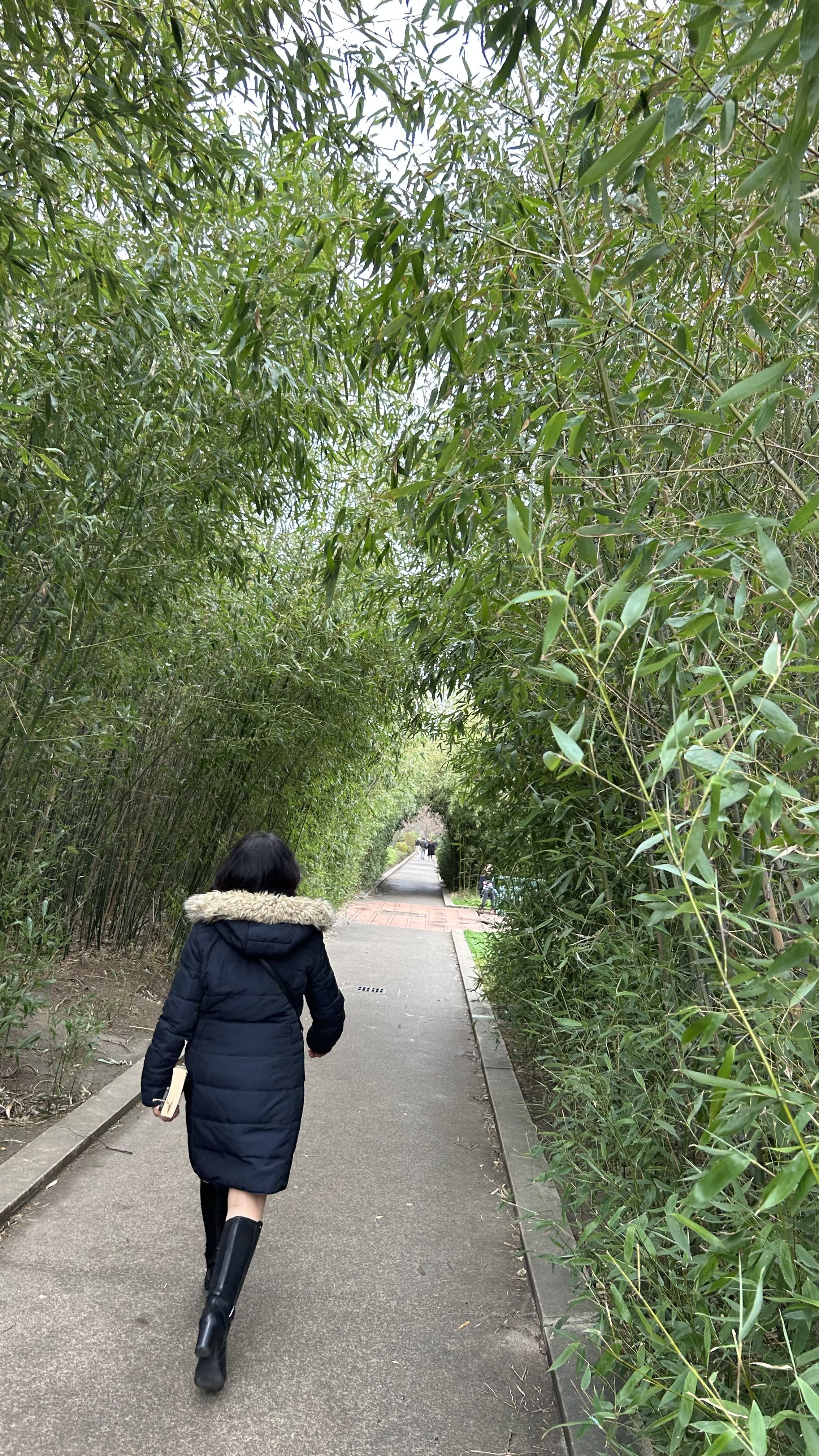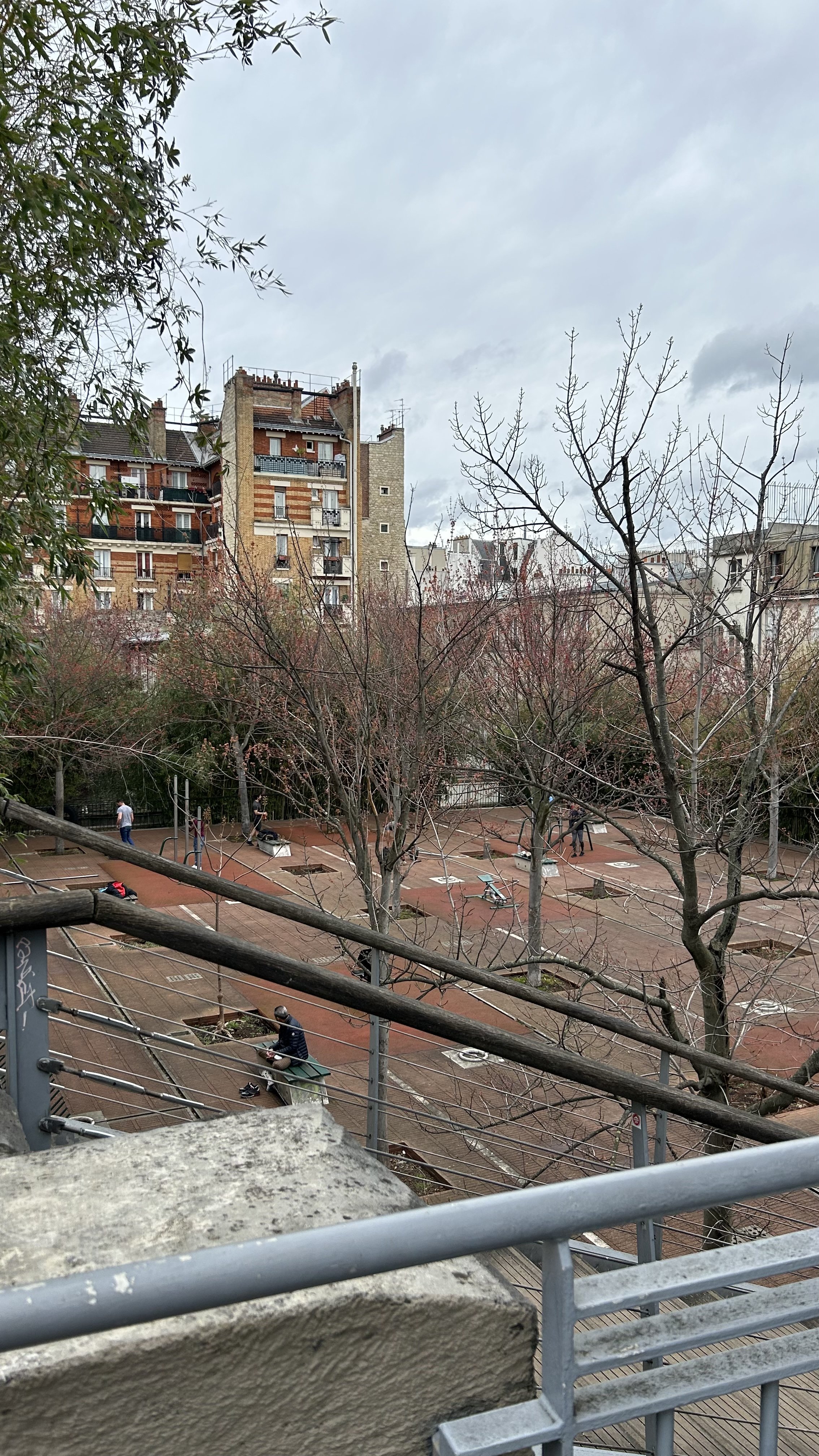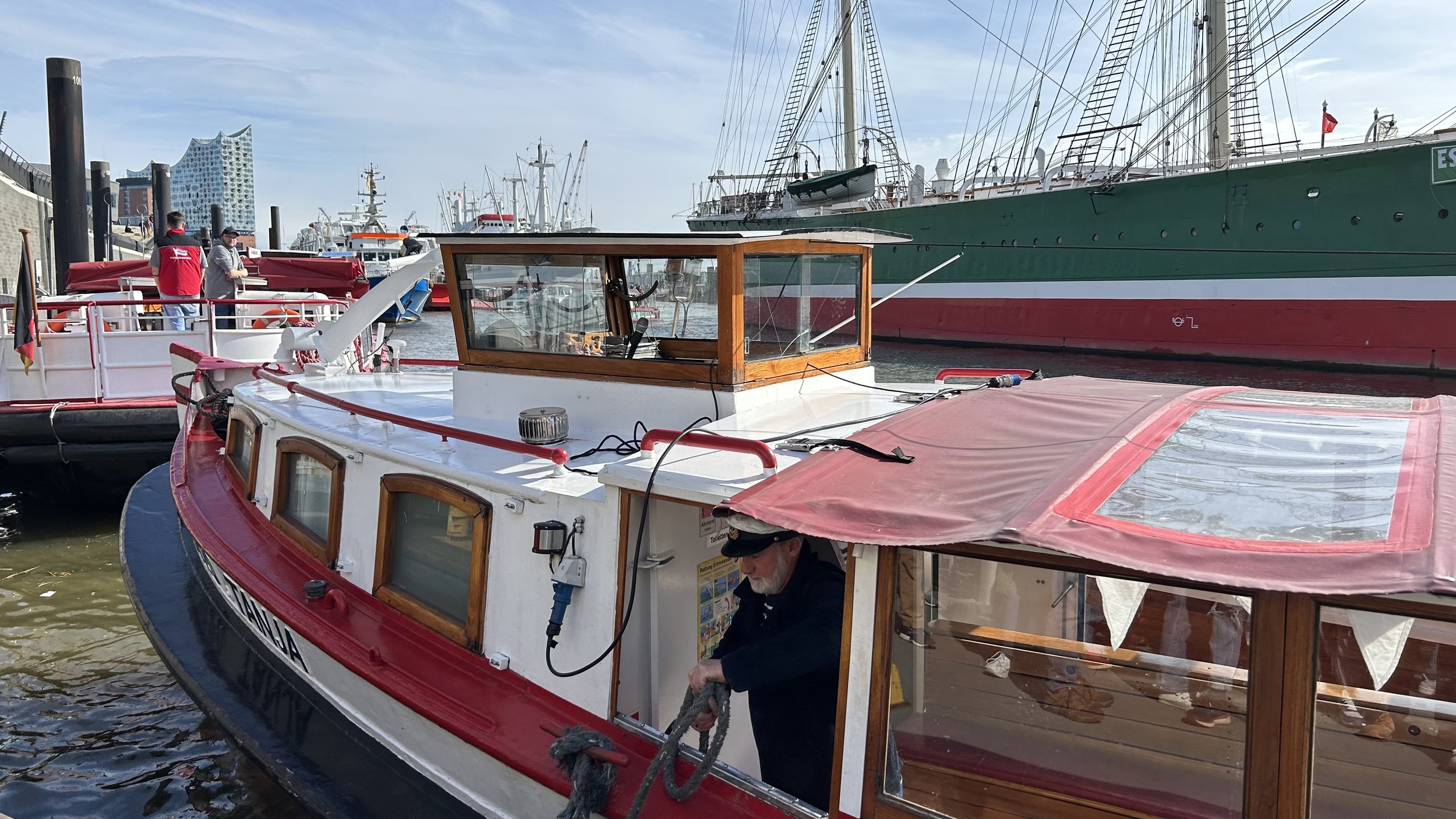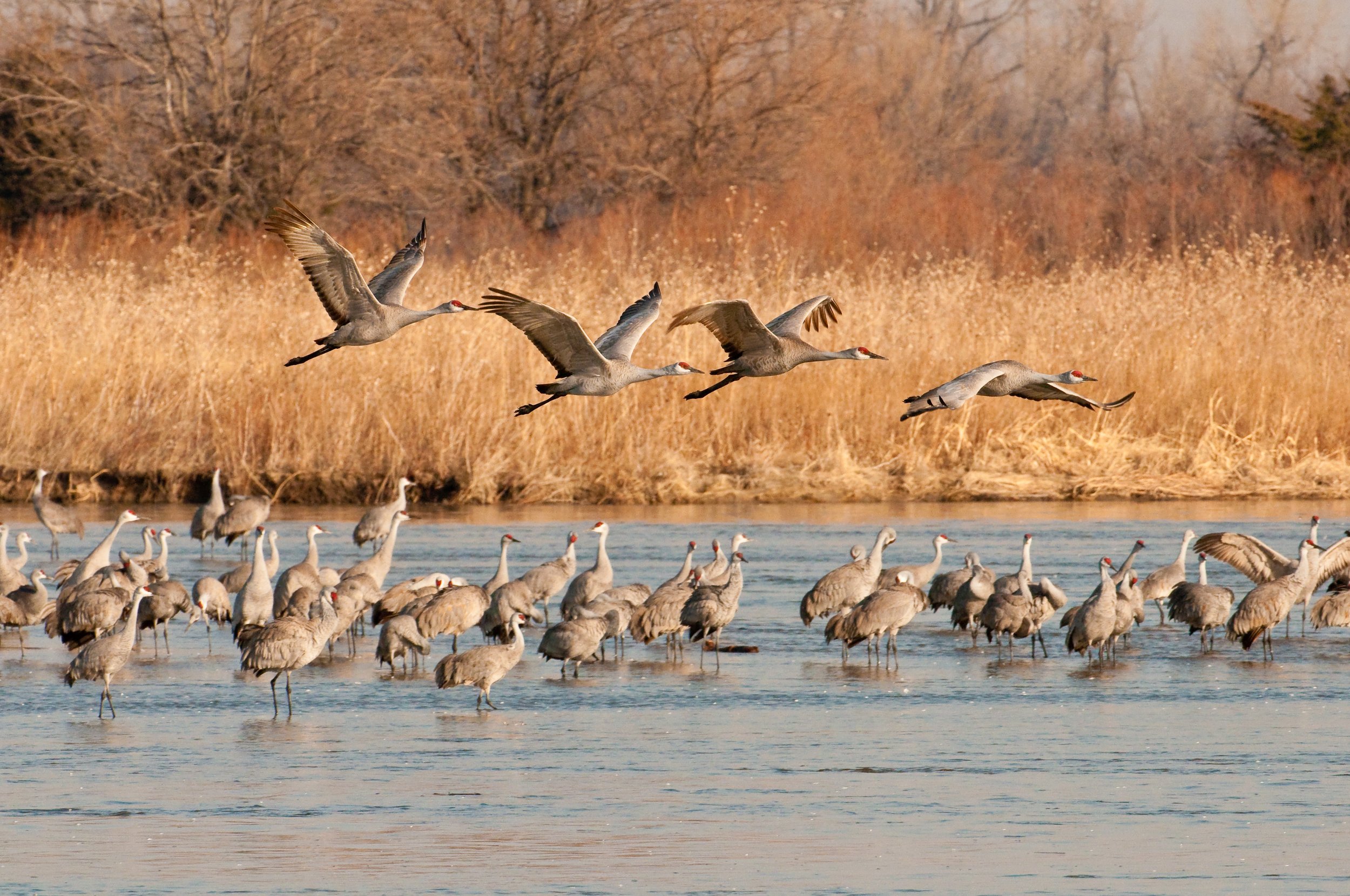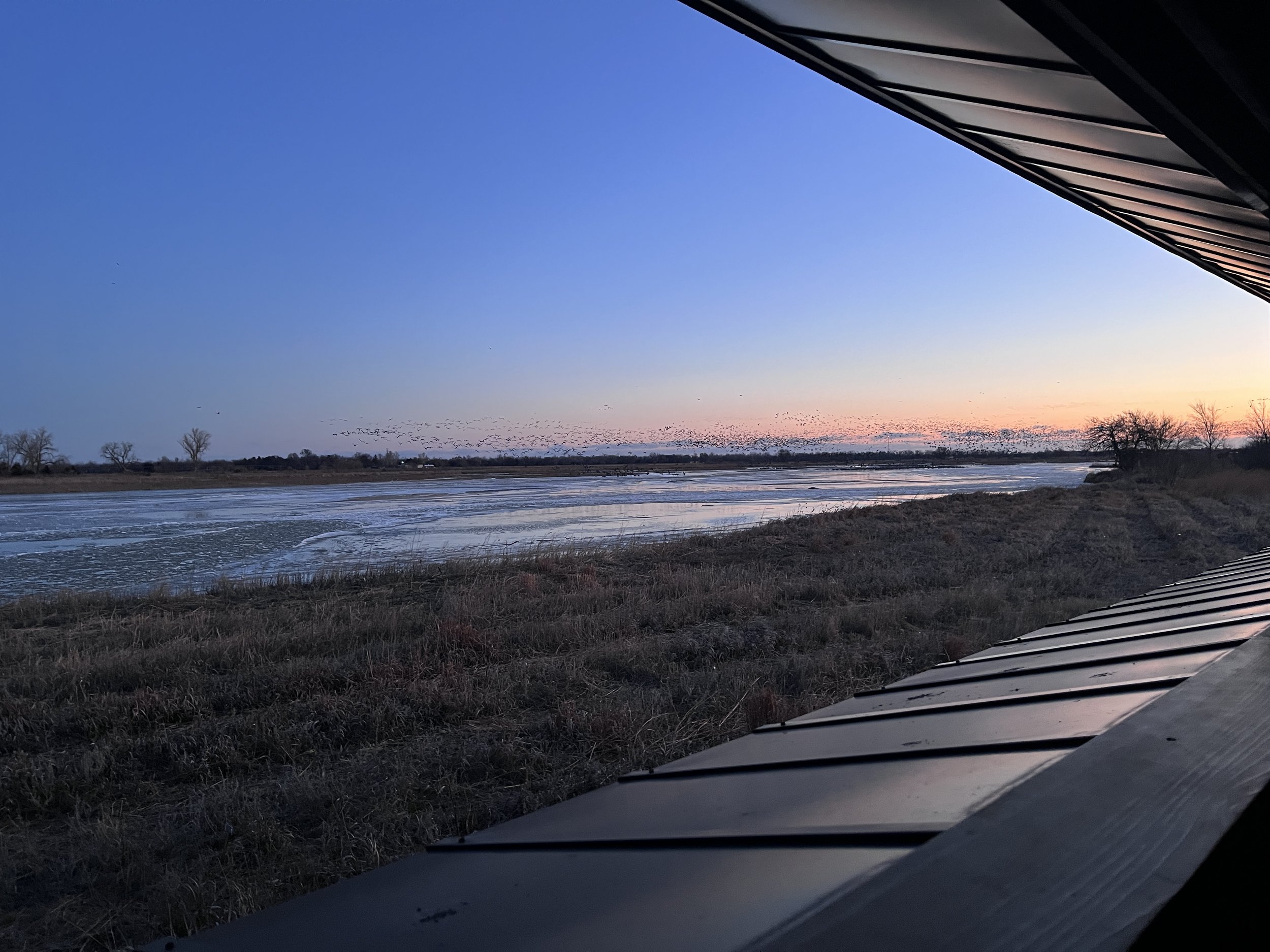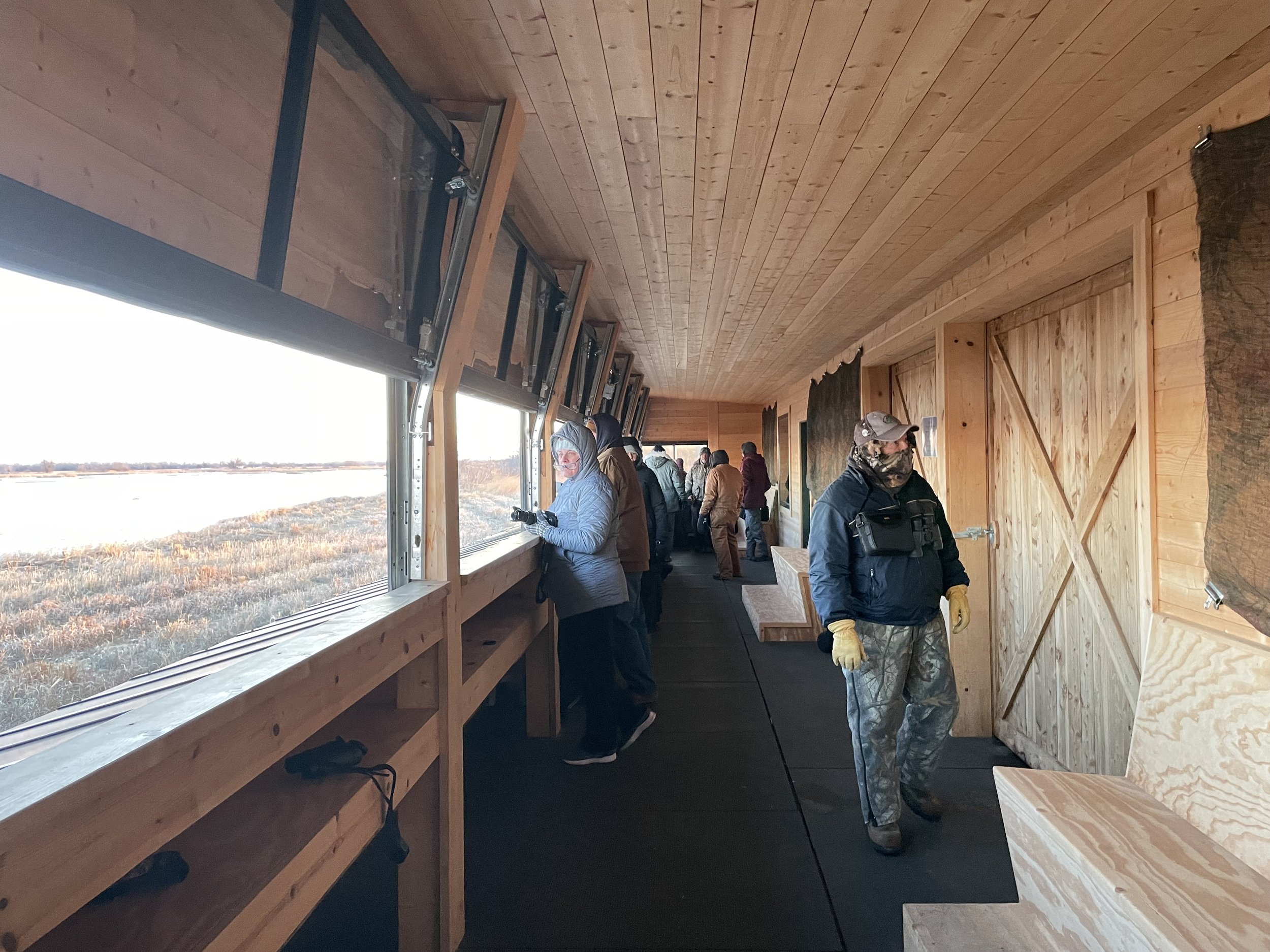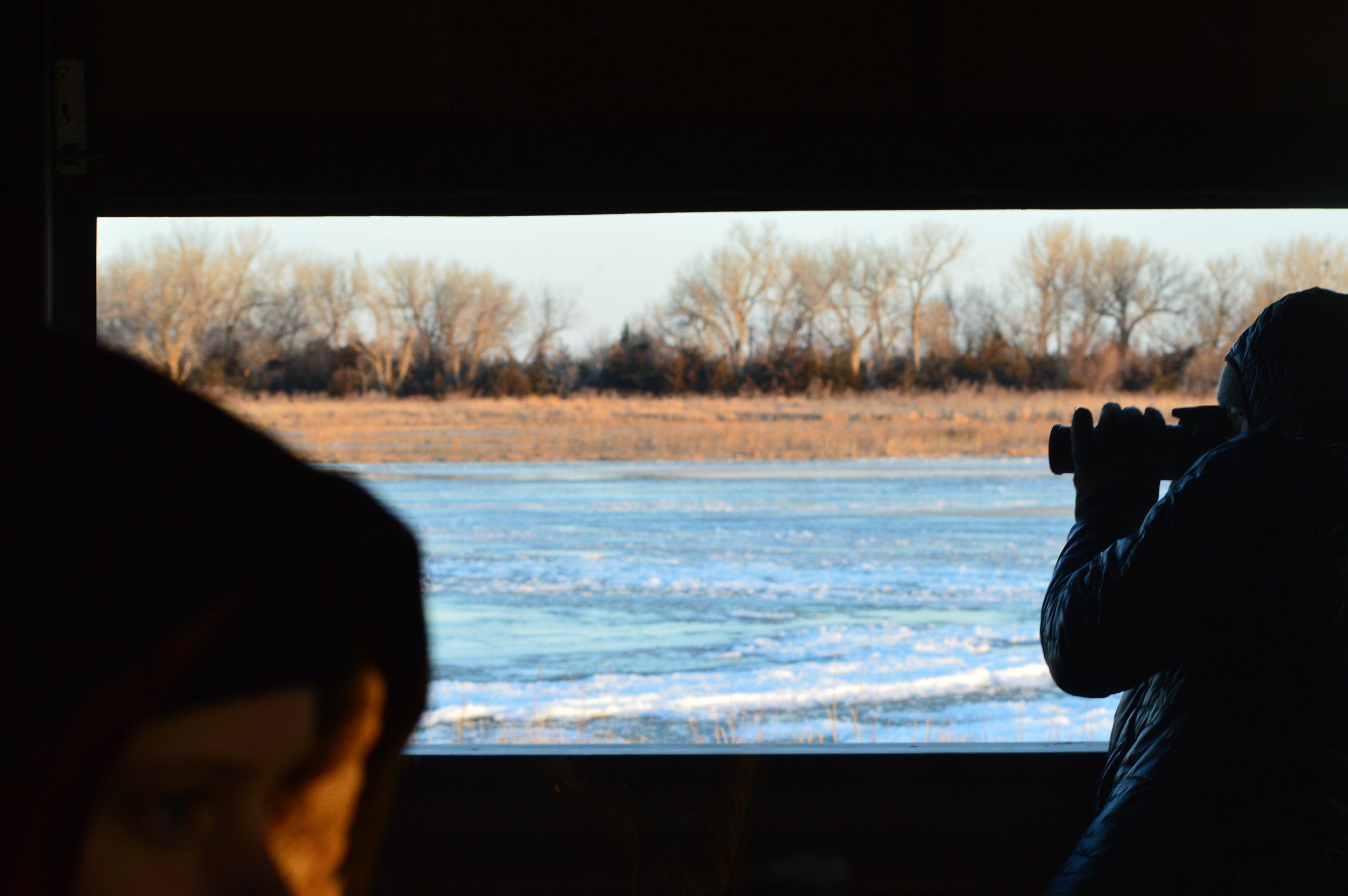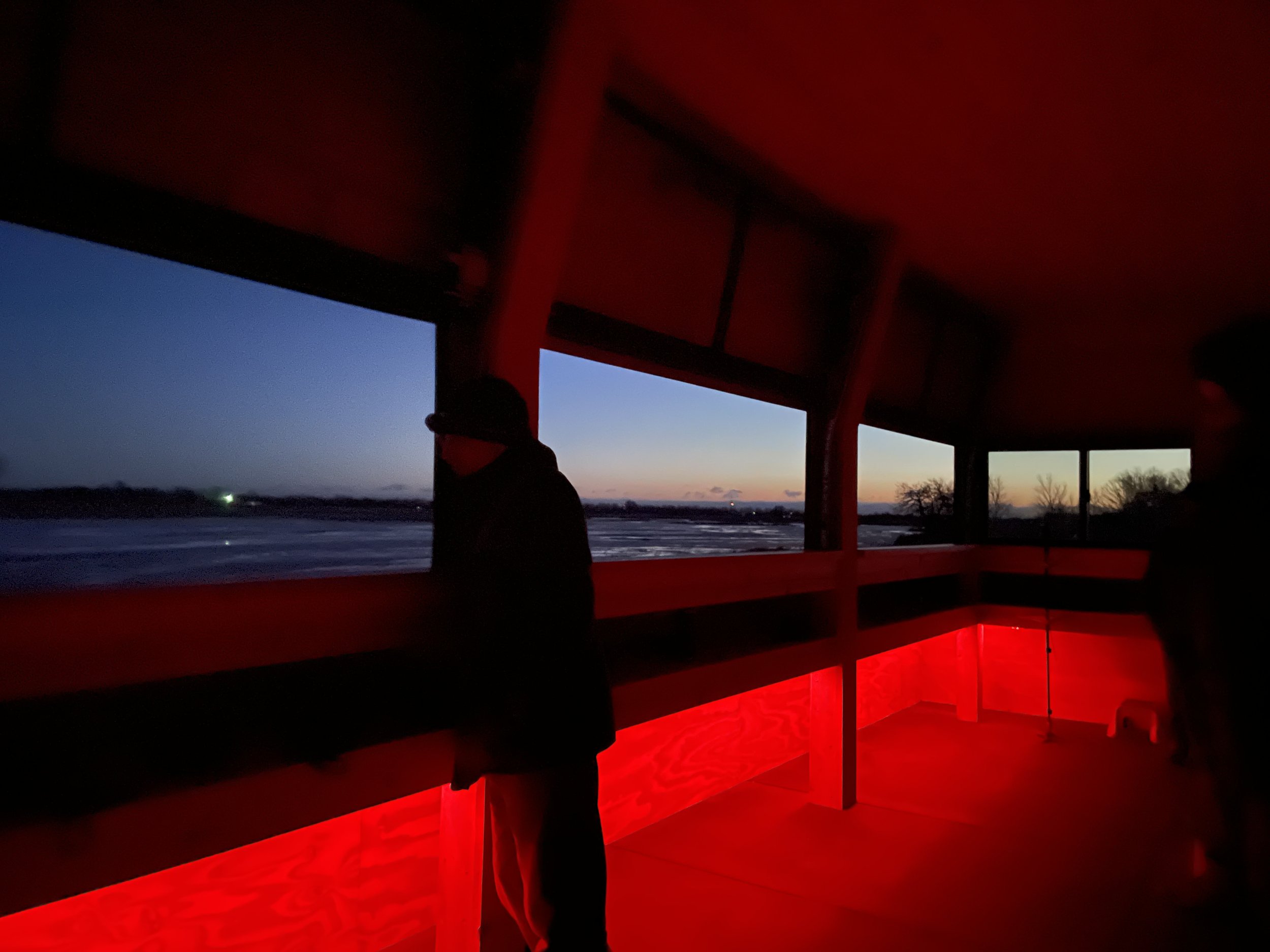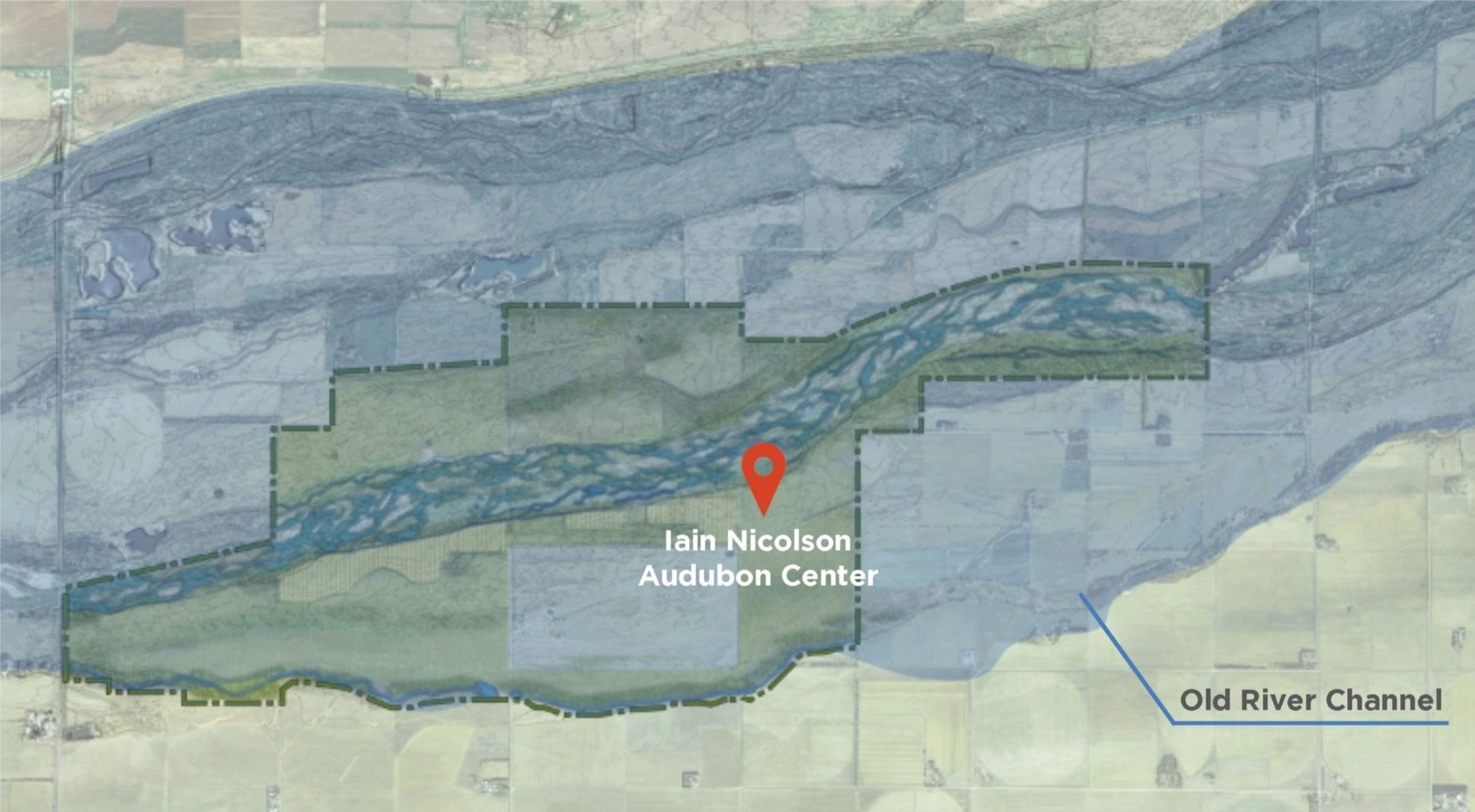I had the opportunity to sit down with Chenyan Zhu, one of our landscape architecture interns, and learn more about her study abroad trip through the Robert Reich School of Architecture at Louisiana State University. Over the course of ten days, students travelled to France and Germany to gain insight into how culture and the environment influence design. Spearheaded by Professor Max Conrad and Associate Director Haley Blakeman, students observed gardens, architecture, waterfronts, and the fascinating history of Paris, France, and Berlin and Hamburg, Germany.
Did you see any great examples of green design/ sustainable landscape?
The Promenade Plantee in Paris, France, is a phenomenal example of repurposing disused infrastructure into a public space that serves as a hub for social and community engagement.
“We walked along the Promenade Plantee, which sits 10 meters above the street. It’s a free, magical, scenic three-mile stroll. It was the world’s first elevated park walkway converted from an abandoned railway line. Now, the park is thriving and is full of pedestrians and cyclists! The elevated walkway creates a unique perspective of the city and allows visitors to walk through a green space separated from the hustle and bustle of the streets below.”
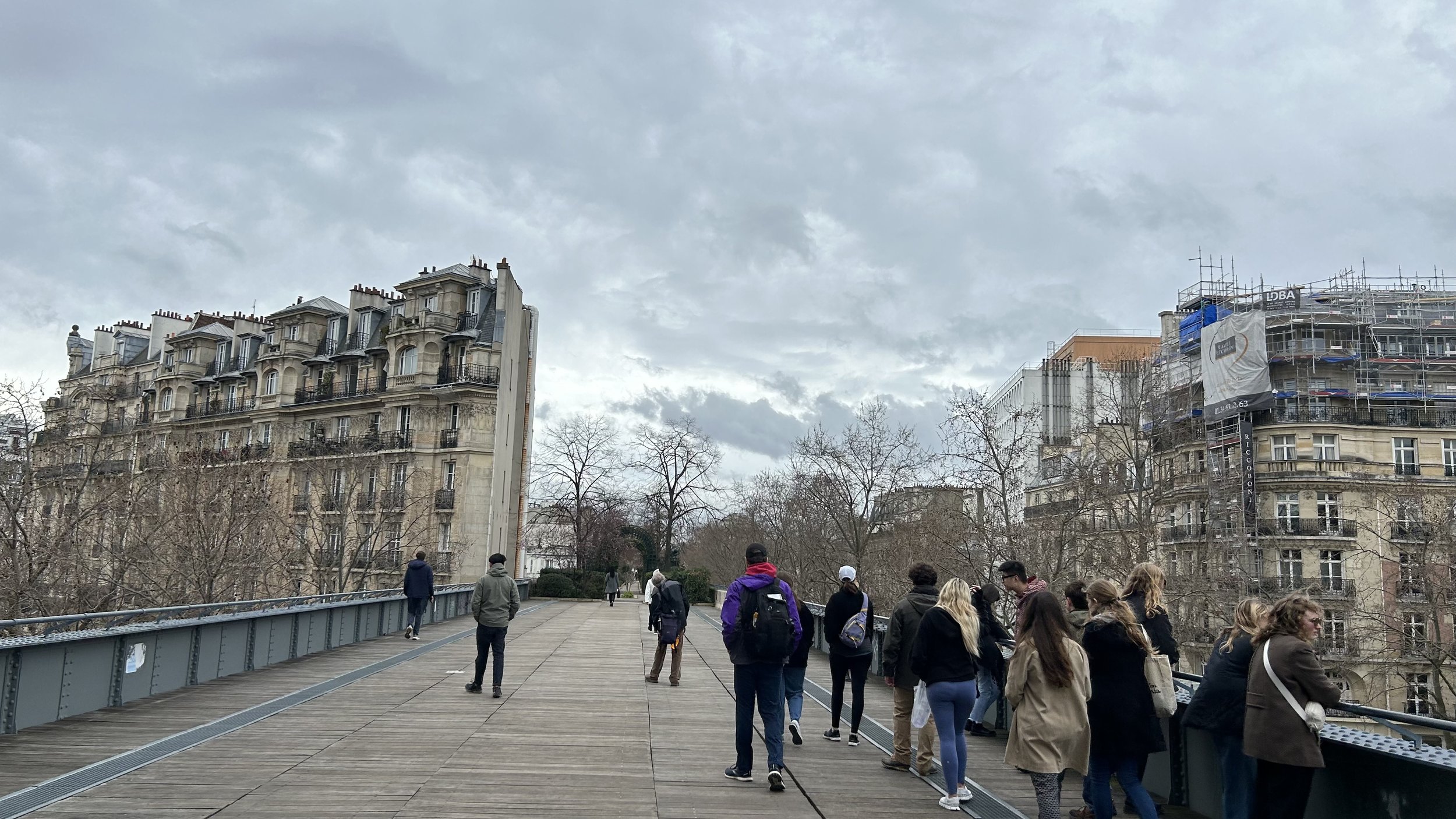
The transformation of the abandoned 19th century Vincennes railway tracks into a green corridor revitalized the space and brought back its social, cultural, and economic value. The suspended world of roses, lavender, ivy vines, small trees, shrubbery, arbors, and pools of water provides visitors with a peaceful retreat from Paris's concrete jungle. The green corridor, which runs through the 12th Arrondissement, not only provides a beautiful and tranquil space but also serves as a crucial connection between East Paris and the city center. This magical garden provides a reprieve from Paris’s concrete jungle which consists of only 10% parkland.
East Paris, historically known as the poorest section of the city, underwent significant transformation through urban modernization. The revitalization of the cityscape contributed to the restoration of East Parisian neighborhoods by bringing economic prosperity and promoting the expansion of commercial and residential buildings. The Promenade is home to the Viaduc des Arts, a cultural area of shops, restaurants, galleries, et., located in archways underneath the old railroad tracks. It now is a popular destination that serves as a hub for community engagement, cultural events, and commerce. The Viaduc des Arts and the Promenade improved the overall living standards and quality of life in East Paris.
How does landscape architecture in France differ from landscape architecture in other parts of the world in terms of design principles or cultural influences?
Walking through the French gardens, city streets, and along the cobble-stone pathways, it is evident that the landscape is influenced by the culture and nature of the environment, drawing inspiration from centuries old design principles.
Chenyan explores the inside of the Palace of Versailles.
“While in Paris, we visited one of the most famous gardens in the world – the Garden of Versailles. We spent the day observing the design techniques used. The French formal style, characterized by symmetrical patterns, intricate geometrical shapes, well-manicured lawns, and the integration of statues, was nothing short of beautiful. However, it can be very crowded since the garden is a famous tourist destination, especially during the peak seasons. The vastness of the grounds can make it difficult to explore everything in a day!”
Europe is no stranger to designing unique, luscious gardens; the Garden of Versailles has a long-standing history dating back to 1661 when King Louis XIV commissioned André Le Nôtre to arrange and maintain it. Le Nôtre, the “King of Gardeners,” displayed his mastery over nature by transforming the meadows and marshy lands of the grounds into a well-ordered design, leveling the ground, digging pools of water, and planting trees transported from regions across France. Little did he know that the Garden of Versailles would set the precedent of French formal gardens, inspiring the design of many across Europe.
Le Nôtre elevated and reimagined the norms of the time by contrasting the symmetrical straight lines with elements of water, secret gardens, the juxtaposition of light, topiary art, and an abundance of sculptures. He designed the garden using strict lines to maintain order and to define neat and organized spaces. Trellises and allées created walls of greenery that flowed into surprise “rooms” of gardens, groves, or lawns. These secluded features are often adorned with statues and fountains, creating a whimsical ambience that transports visitors to a wonderous setting.
The Garden of Versailles is characterized by its order, symmetry, and neat and defined spaces.
How did you experience the integration of cultural arts and landscape architecture?
Chenyan’s visit to Parc la Villette in Paris, France, provided a compelling illustration of how cultural programming and the environment can work together to foster cultural diversity and identity.
“As our group walked through the park, we noticed pieces of a large bicycle buried in the ground- handlebars, a pedal, and part of a wheel. The park’s modern design elements have given me lots of inspiration. Its brightly colored structures, such as the red pavilions and the orange cubes, provide a striking contrast to the surrounding greenery, creating a visually engaging experience.”
The buried bicycle and a characteristic red folly are displayed here in Parc la Villette.
Parc la Villette, once home to an old slaughterhouse, was transformed into an artistic and urban park to promote creativity and activity. One of the park’s most notable features is the placement of red follies throughout the area, which creates an interactive and lively atmosphere. The park also promotes artistic practices by organizing educational projects for schools and social groups during the academic year. Many cultural buildings are located within the parks’ grounds, such as the National Conservatory of Music and Dance in Paris, the City of Music, the City of Science and Industry, etc., to animate and educate the public.
Can you provide an example of how landscape infrastructure was implemented in Europe?
Chenyan enjoys a nice day boating on the Elbe River.
“During our stay in Hamburg, Germany, we had the opportunity to experience the diverse landscape infrastructure through various modes of transportation, including boating on the Elbe River, walking through the streets, enjoying cafes, and touring the Niederhaffen River Promenade.”
The Niederhaffen River Promenade is a remarkable integrated landscape infrastructure project that transformed the Elbe River’s flood-prone area into a beautiful and functional space. Historically, the Elbe River hindered modernization due to the high levels of water and floods that characterized the riverfront. In 1962, a series of severe floods destroyed the surrounding residences and facilities, leading to the development of a flood barrier in 1964.
Recent inspections determined that the flood barrier needed reinforcements to combat the rising water levels. In 2019, the development of the Nierdaffen River Promenade replaced the old flood protection system. The promenade sits atop the flood protection barrier, connecting the riverfront to various city districts while providing advanced hydraulics to protect the area from storm surges. It is designed to integrate into the surrounding landscape and is lined with shops, restaurants, and pedestrian crossings and walkways, creating a welcoming environment that encourages people to spend time in the area. The project demonstrates how landscape infrastructure can be integrated into urban development, resulting in a charming, functional, and sustainable space for people to enjoy.
How has this experience helped you in your career as a landscape designer?
“This Study abroad trip exposed me to new ideas, design styles, and approaches to landscaping; and broadened my design knowledge and skill. Visiting and studying historic gardens, landscapes, and parks cultivated a deeper understanding of design, culture, and communication that enhances my work.”
For landscape designers, having first-hand experience of the physical and cultural environments is invaluable when it comes to designing a space. Different countries and regions have their unique set of beliefs, customs, and cultural norms that influence how people interact and resonate with their surroundings.
![Image[23].jpeg](https://images.squarespace-cdn.com/content/v1/52cc630ae4b0b9da8cc598c2/1683758733316-I4CTWGW72ZHW9OAP942O/Image%5B23%5D.jpeg)
![Image[8].jpeg](https://images.squarespace-cdn.com/content/v1/52cc630ae4b0b9da8cc598c2/1683758737665-H5VZDDIB4RBM88ZE66V2/Image%5B8%5D.jpeg)
![Image[64].jpeg](https://images.squarespace-cdn.com/content/v1/52cc630ae4b0b9da8cc598c2/1683758738566-3VOM4DHTAKHEYSOM8MN2/Image%5B64%5D.jpeg)
What’s stopping you from exploring new and unique places? Embrace the adventure, the world is waiting for you to discover it.


